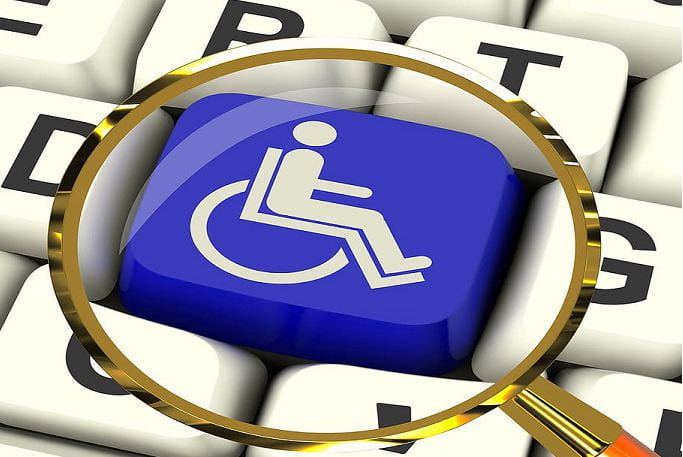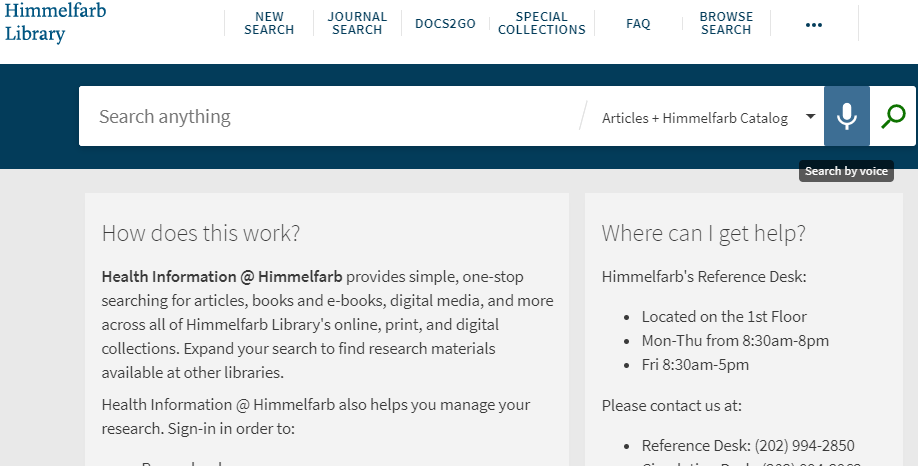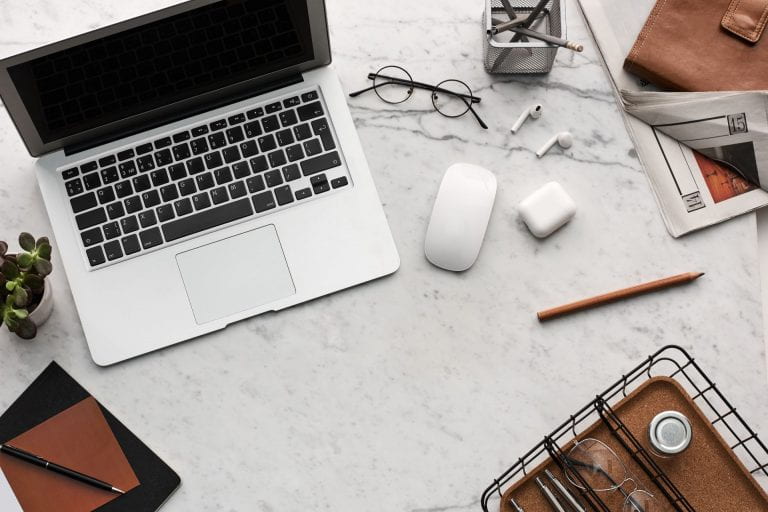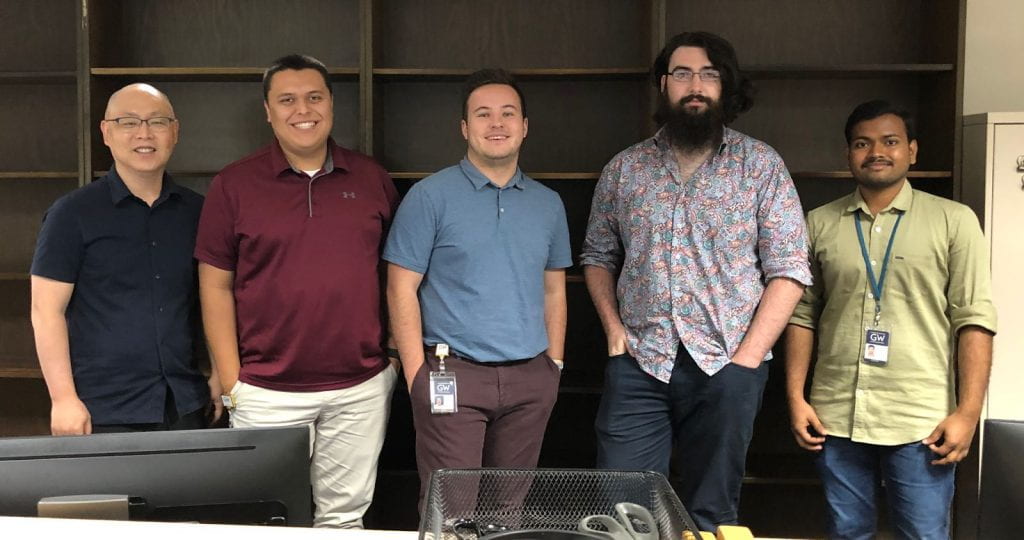
ILL. CLS. Interlibrary Loan. Consortium Loan Service. Have you heard these terms before? If you have, awesome! If not, let us introduce you to them! We understand that the acronyms may be confusing, and want to take the time to share more about what these two library services can offer you.
Borrowing from other libraries
Interlibrary Loan (ILL) and Consortium Loan Service (CLS) provide materials that the library does not currently have access to such as medical articles, book chapters, and books to our GW medical, health sciences, nursing and public health students, staff and faculty members. We understand that your research is important, and will do everything that we can to provide the books and articles that you may need for your studies and research.
Consortium Loan Service
Consortium Loan Service, or CLS for short, is a free service that allows our users to request books that are available within the Washington Research Library Consortium (WRLC). What this means is that if Georgetown (for example) has a book that you would like to borrow, CLS makes it possible to borrow their copy. One benefit of borrowing books through CLS is that this is the fastest way for us to borrow books from other libraries within the D.C. area as materials arrive usually within 2-3 days after the request has been placed. We rely on a courier service for the expedited delivery of books within business days. For detailed information about our CLS service, check out our Consortium Loan Service Guide!
How do I place a CLS request?
- Search for the book you are looking for in the Himmelfarb catalog advanced search. Make sure that Articles + GW & Consortium Catalog is selected.
- Under “How to get it” click Sign In. Use your GW Net ID & password to login.
- Under “How to get it” click “Consortium Loan Service Request”
- Specify where you would like to pick the book up, at the Himmelfarb library, or at our Ashburn location.
Interlibrary Loan
If you are looking for an article or book that is not available in our catalog or through CLS, Interlibrary Loan (ILL), is a great option! Through ILL, we can request books and articles from libraries across the country on your behalf. Articles normally take 24-72 hours to be delivered. Books may take longer depending on how far away the lending library is from D.C. For detailed information about our ILL service, check out our Interlibrary Loan and Documents2Go guide!
To make an Interlibrary Loan request, you will need to access our Documents2Go (Docs2Go) portal.
- Log in using your GW Net ID & password. Make sure to leave out any ‘@gwu.edu’ part of your net ID. You will not be able to access your account if you include it.
- To make a request:
- Find the “Make a new request” menu item.
- Select the type of resource you want to request : article, book, or book chapter.
- Please be as detailed as possible in order to help us find the exact resource you need. Include the journal title, article title, page number, volume, or year, and author.
- Click the ‘Submit Request’ when you are ready to place your request.
- Once you’ve placed your request, we will do our best to find the resource from another library.
- Once we receive a PDF of the requested article, or book chapter, you will receive an email notification informing you that you can access your article through your Documents2Go portal. Keep in mind, these articles disappear after 30 days on your account, so download it if you want permanent access to the material!
- If the item you requested is a physical book, once we receive the item, you will receive a notification informing you that the item is available for pick up at the Himmelfarb Circulation Desk, or at the Ashburn Library.
Does it cost money?
CLS requests are free! As for ILL, we offer 15 requests for free to all GW medical, health sciences, nursing and public health students, staff and faculty members from the dates of January 1st to July 1st. Afterwards, we offer another free 15 starting from July 1st, to the end of December. This amount resets each calendar year. Any additional requests over the initial 15 will incur an additional $10.00 charge. We will contact you to confirm any charges, which you can deny or accept. Rush requests, which guarantees article delivery within 24 hours, will cost an additional $10. In the event that we are unable to fulfill a rush request within 24 hours, you will not be charged.
How long does it take to receive my article or book?
In most cases, we should be able to provide an article to you within 3 to 6 days. Depending on availability and rarity of the article, it may take us longer to receive a PDF for your request. If a request is taking longer than expected to fulfill, we will contact you.
Books generally take anywhere from one to two weeks to receive, depending on the library’s location that ships the book to us, and the shipping method they use. Because of the unpredictable nature of book requests, we would recommend using CLS whenever possible to ensure a more timely arrival of any book requests.
My CLS request was cancelled, what should I do now?
If the book you are looking for is not available through CLS, the request will be cancelled. When this happens, we recommend submitting your request through our Documents2Go portal.
If you have additional questions, or want to better understand the difference between these two borrowing services that Himmelfarb has to offer, don’t hesitate to reach out to us at mlbdoc@gwu.edu.














